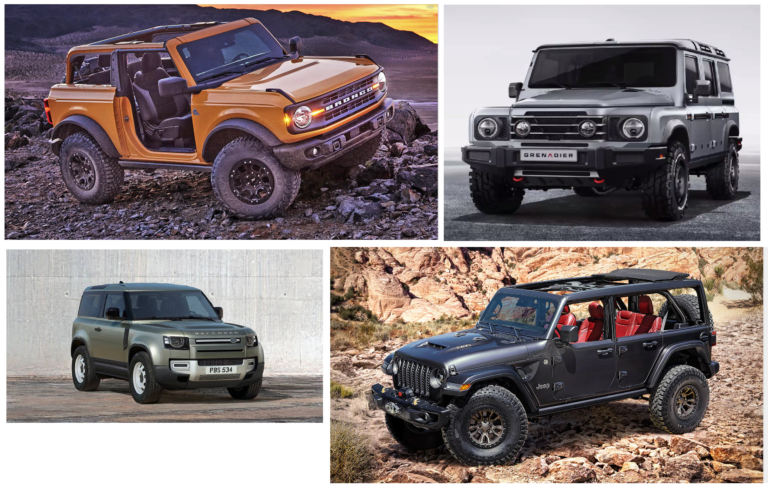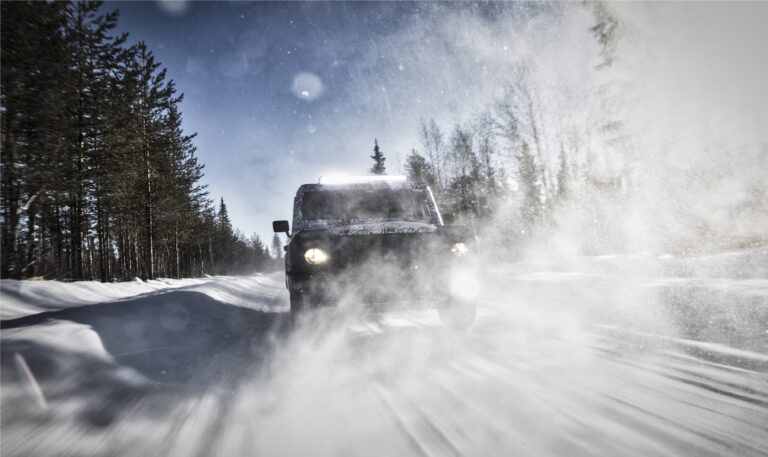There has been a flurry of activity going down on Koinange Street, and no, it is not what you are thinking; please get your minds out of the gutter, this is a motoring column.
There has been talk and action surrounding the latest Jeep Cherokee, something called a Nissan Cash-and-Carry (actually Qashqai, but forgive my poor grasp of exotic nomenclature), some new Benz cars (latest CLS and E-Class coupés), and, naturally, a new vehicle launch.
The brief was simple — Ring-ring. Hello, Baraza. We are launching the new Nissan NP300 Hardbody pickup. Would you be so kind as to make an appearance? Yes I would. So I donned by best and walked into College House.
The affair was textbook and low key — a podium where grey-suited executive types would stand and remind us motoring hacks what we were there for and some cars kept undercover (literally) to increase the element of surprise and boost excitement.
And the excitement was there alright, at least for me, given how fired up I was when the NP200 came out, so I was sure the NP300 would be a pleasant surprise. It was a surprise, yes, but not the kind that makes one giddy.
I first became suspicious that I was going to be disappointed during one speech (I never listen to these speeches, by the way), in which there was talk of TD27s and QD32s.
This was supposed to be a new line of cars, but those two engine codes sounded awfully familiar, and they should be. If you have travelled in a 14-seater matatu that was not a Toyota, then it more likely than not had one of these two engines.
Confirmation of my suspicion (to my utter surprise) came when the cars were unveiled under a barrage of flashing cameras and half-hearted clapping (we motoring hacks tend to be arrogant and unappreciative of other people’s efforts).
The new Nissan NP300 Hardbody is exactly the same as the old one.
What is it?
It is the Nissan Hardbody as you have always known it. The only difference is that it is now called the NP300 Hardbody, unlike before when we simply called it the Hardbody.
The NP300 name smacks of pandering to American tastes, where a good number of car companies have realised that evocative names don’t go far with the Yanks; they seem to prefer a combination of letters and numbers.
That is why Lexus has been so successful there, and why Land Rover are ditching their Discovery and Freelander labels for LR3, LR4 and what not.
Available permutations
The NP300 can be had in 2WD or 4WD, single-cab or double-cab, or in Atoti form: the flagship Double Cab High Grade (that is what it is called in the brochure).
There are two naturally aspirated diesel engines: a 2.7 and a 3.2, both 4-cylinder and both having seen service in the E24 van, what we commonly refer to as the Nissan matatu.
The 3.2 only comes with 4WD for both single and double cab, while the 2.7 is for 2WD. Also available is a 2.4 litre petrol engine for the 2WD single-cab.
The High Grade has only one engine, a turbo-intercooled 2.5 litre, and no, this is not the engine in the Navara.
It is available as either 2WD or 4WD, and this puts it squarely within its big brother’s playing field, a fiercely contested segment that has already seen a few casualties so far; remember the Ranger XLT?
What are its abilities?
The van engines develop 85 hp (64kW) and 18kgm of torque for the 2.7 and 100 hp (76kW) and 22 kgm for the 3.2.
Now, these are just numbers on a page, and frankly, they look a little underwhelming, but get behind the wheel of a Hardbody pickup and you will understand what all the talk about torque really is. I have.
The power is nothing you are likely to dream about, but the torque is massive. I have driven the 2.7 before, and I was astonished.
You can take off in first, second or third if the vehicle is empty, even fourth if you are a bit special. No judder. No strain.
No bogging down and no stalling. The last time this happened I was trying my hand on a Massey-Ferguson cane tractor, without the cane.
You can crawl along in first, off-throttle, like you would an automatic, and when in second, if you brake without clutching in, you can actually feel the engine tugging against the anchors. That is how good the torque is.
Nissan prides itself with the tagline “Built Tough”. The NP300 is the embodiment of this claim, and again, no, the free branded hat (and key-chain) I received for my trouble has nothing to do with my saying that.
It is as rugged as they come, built using the crude but effective 18th century mangle technology of steel ladder frames and leaf springs.
Five cross-members ensure that the ladder chassis won’t flex when the NP300 is used as most Kenyans are wont to use them: grossly overloaded and crawling down a barely tractable goat path.
Ruggedness forms part of the NP300 picture, what with double-walled rear side panels, double-walled tailgate and extra-strong tailgate chains.
These features really encourage overloading, and some people I talked to (not DT Dobie) say when they buy a Hardbody, they double the number of slats on the rear leaf springs, and coupled with the torquey engine, the car can now bear a load double its intended capacity. Kenyans.
Behind the wheel
For that same 2.7, I had some issues with the interior. It was as usefully simple as it was greyly naff. I may have said that the base Ford Ranger XLT was Spartan, but this Nissan’s interior is what the Spartans would call Spartan.
Radio (tape) and air-con; that’s your lot, no power windows. The bench (that is what it is, a flat, unsculpted bench that sits three: the driver and two uncomfortable passengers) is covered in grey cloth and is barely adjustable.
Oh, and airbags now enter the picture (at least for the 4WD diesel). The rest of the specs remain the same. Driving it is not that much fun, unless you play around with the torque.
It is not an exercise in masochism either; the heavily assisted steering is now finger-light and the four-spoke tiller can be twirled like a baton with minimum effort.
The pedals are nicely weighted, the throttle is smooth and easy to modulate, as is the clutch pedal, which is sweetly progressive and can be mastered by anyone, even those who failed in driving school.
The problem is the brakes. They work fine but the pedal requires a lengthy tread before the callipers bite, and they can cause you quite some alarm the first time you step on it and nothing happens.
It is not that the pedal is stiff, but you need to push a long way before actuation occurs. Seeing that the NP300 is a mass-produced robot-assembled white good, I sincerely hope the problem was peculiar to the vehicle I drove.
The gear selector lever is long and angled backwards for ergonomic reasons. The shift action is fine, but close placement means second-to-fifth or first-to-fourth shifts are a common occurrence, which is just as well given how much torque these engines develop.
The light commercial vehicle sector is quite competitive. Almost every entrant has their own unique characteristic, which is also their selling point.
Toyota and the Hilux depend on their reliability and after sales maintenance record, as well as the carrying capacity (expansive load bay) but their untrustworthy D4 technology is not winning them many fans.
Isuzu’s DMAX is named like a hip-hop artist, and the turbocharged engine pushes it to incredible speeds, but a video clip showing one spilling its human cargo all over the road (in Kenya, no less) exposed issues with its stability and has seen prospective buyers turn wary.
Turbocharged cars also have cooling complications, especially the oil, and the diesel versions require extra care if you seek longevity.
Mitsubishi L200: the less said the better. The Chinese? Their biggest claim to fame is strong vehicle resemblance to existing market players and a price tag that is hard to walk away from.
That leaves Nissan. You will not find them powering their way to Wilson Airport from Meru like the Hilux, nor will you find them delivering newspapers in the wee hours like the DMAX, so what is their role in life?
The double-cab is a common sight at roadwork sites, and it is used as an ambulance in a good number of (remote) hospitals, while the single-cab has fans among contractors and builders.
It looks like the NP300s are good for carrying cement and rocks, but I am not one to judge.
Fellow long-timers
Just because Nissan is using power and suspension from back when Formula 1 cars ran on vodka and methylated spirit does not make the NP300 a weak entry.
Some engines have proved themselves impeccably. The Peugeot 504 ceased production worldwide a long time ago, but Kenya and Nigeria continued assembly up to as late as 2004.
The Isuzu MV118 bus used the same 13.7 litre engine for close to 30 years before it was superseded by the 9.8 litre MV123.
And CMC will tell you that one of their products, the Nissan Diesel UD CB31 SXN, uses a powerplant that dates back to before I was born, yet it still stays competitive against modern entries.
Don’t be so quick to write off the NP, even if its re-launch is something that needs to be looked into.
Change is the only constant
The flagship of the brand, the 2.5 litre turbo-diesel double-cab, is lovingly referred to as “Atoti” by DT Dobie.
Now I get it; remember Gidi Gidi Maji Maji singing “Atoti this way, Atoti that way”? What they meant was Atoti looks this way now, and Atoti has looked that way since time began.
The blurb on the NP300’s brochure reads in part: “It’s a dedication to looking at the familiar in a different way…”, which is dodgy PR-talk for “we have not really done much, and the little we have done you probably won’t notice, so here is a reminder that what you are looking at is actually different from what you saw on the road last week.”
This is a rare occasion when I have little to recommend. I would have suggested turbocharging the two diesel mills, but no, their attraction lies in their simplicity, and they are already handy enough as it is.
What I’d say is maybe DT Dobie should sell the 2WD cars with bigger wheels, because they look woefully undershod in those puny 14-inch steel dinner plates wrapped with narrow rubbers.




